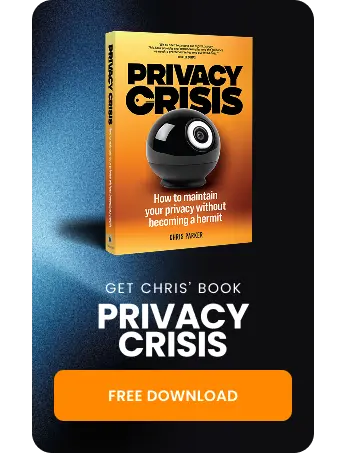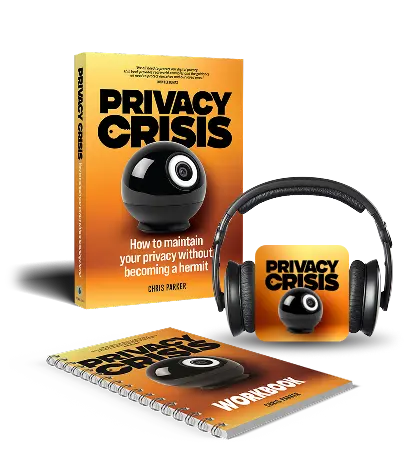In the digital age, the amount of information at our fingertips is staggering. Between newspaper and magazine articles, newsletters, social media posts, and articles shared on social media, it’s easy to have an overload of information by the time you eat breakfast.
This can make it challenging to know what’s legit and what isn’t.
Here are 8 comprehensive tips to help you determine the trustworthiness of an online source.
Check out the Domain and URL
Investigate the website’s domain name and URL for initial clues about credibility:
- Educational sites (.edu): Often affiliated with reputable educational institutions, these sites are generally considered reliable for research and information.
- Government sites (.gov): These are official government websites, serving as authoritative sources on policies, programs, statistics, and news.
- Nonprofit organizations (.org): While useful, these sites may represent specific viewpoints or agendas.
- News outlets with .com domains: Established news organizations are usually credible, but some organizations refer to themselves as “news” when their reporting is not necessarily balanced and objective. It’s up to you to get to know the news outlets that are legitimate.
- Businesses (.com): While they can provide valuable insights, commercial sites may have biases toward promoting their products, services, or interests.
- Be cautious of unusual domain extensions or URLs that seem off, as these could indicate potentially deceptive sites.
Verify Online Sources
Don’t judge a site solely by its appearance. Delve deeper by:
- Contact details: Legitimate sites typically provide genuine contact information, including a phone number, physical address, or email.
- Author credentials: Investigate who is responsible for the content. Are they recognized experts in the field?
- References and citations: Reliable information is often supported by verifiable sources. Follow these links to check their authenticity.
- The About page: This section should offer insight into the site’s ownership, management, and content authorship. A lack of transparency here could signal questionable credibility.
Assess the Content Quality
The way information is presented also determines if a source is trustworthy:
- Writing quality: Frequent grammatical errors and typos are telltale signs of poor editorial standards.
- Timeliness: Ensure the information is up-to-date, particularly for rapidly evolving subjects. For example, if you’re writing about AI and researching the topic by reading an article from 2019, it’s not going to be current information.
- Tone and balance: Look for content that maintains an objective perspective, avoiding overly biased or emotionally charged language.
- Fact-checking: Be wary of information that seems misleading or makes unsupported claims.
- Ad density: An excessive number of ads or intrusive pop-ups can detract from a site’s reliability.

Check Reviews and Reputation
Get a sense of the source’s reputation by looking for:
- Previous users: Check reviews and feedback on the site itself or third-party platforms like Trustpilot. This can reveal valuable intel.
- Expert analysis: See what academics, scientists, or professionals in the field have to say about the source. High credibility is endorsed by experts.
- Media reports: Quality publications like NYT and Washington Post will call out questionable sources. Search their names online.
- Site history: Longer existence and web traffic to a site often signal reliability. Newly created sites are riskier.
- Follow the links: See where site content links for sources. Reputable sources link to credible references.
- Site history: Longer existence and web traffic to a site often signal reliability. Newly created sites are riskier.
Watch for Red Flags
Steer clear of sites that exhibit these red flags:
- Aggressive ads or popups that disrupt user experience
- Overly charged emotional language and sensational claims
- Amateur web design and disorganized content
- Broken links or “Page Not Found” errors
- Generic or stolen content from other sites
- Typos, poor grammar, or stylistic issues
- Suspicious contact details or lack of an About page
Verify with Multiple Sources
Cross-checking information against other trustworthy sources such as university websites, government data, academic research, or high-quality publications is the best way to confirm legitimacy. The more credible references that align with the data, the more likely it is to be true.
Applying Critical Thinking
- Use discernment and research skills to evaluate a source’s overall credibility. Developing a keen sense for distinguishing reliable sources from dubious ones is a valuable skill in today’s information-saturated environment.
- Confirmation bias, the tendency to favor information that aligns with our existing beliefs, can mislead us. To avoid this, conduct thorough research. Search for the platform, publication, or individual’s name on Google. The responsibility to discern accurate information rests upon your own critical analysis and due diligence.

Tune Into Your Intuition
Do you have doubts about the accuracy of the information you’re reading?
Pause and reflect on your reactions to the content. If a statement elicits an internal “Really?” it’s time to trust your instincts. Your intuition often acts as a guide in sifting through what’s trustworthy and what’s not.
For a well-rounded perspective, consider whether the content presents extreme viewpoints or maintains a balanced approach, incorporating a range of opinions. Check for outdated information or a lack of current context.
Are claims made without proper citations? Be cautious of absolutes such as “always,” “never,” “every,” or “none.” Look for statements like “studies indicate” accompanied by clear references. These are signs of credible, well-researched information.
Final Thoughts
Before relying on information to make decisions or write an article, report, research paper, or post, it’s always best to approach online sources with a healthy degree of skepticism until their legitimacy is confirmed. By taking the time to properly assess sources, you can filter quality information from the noise.













